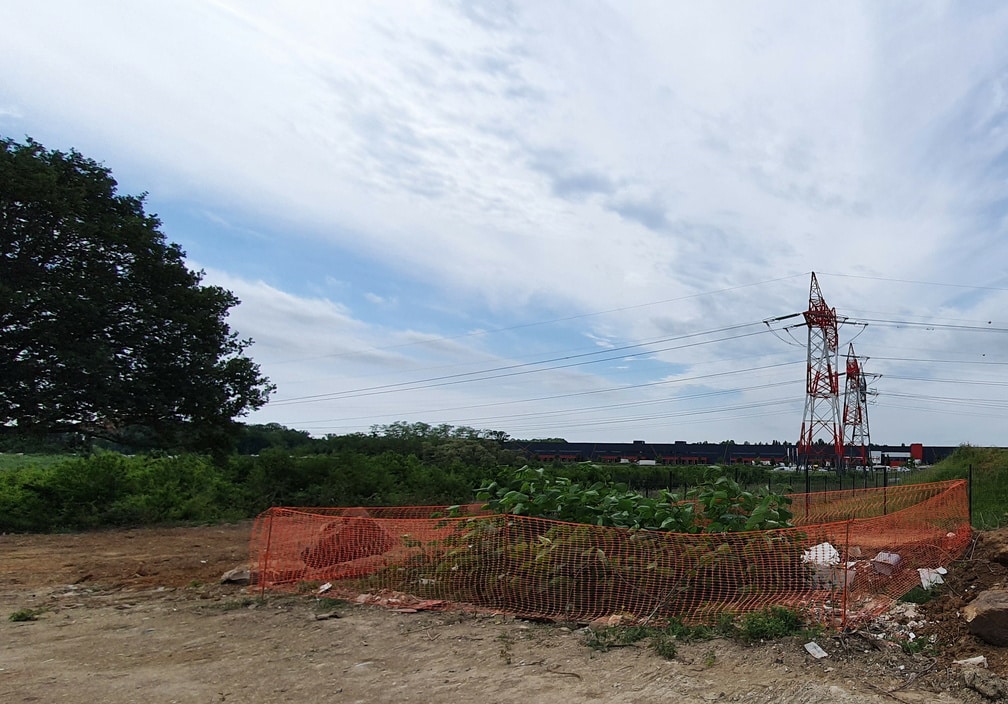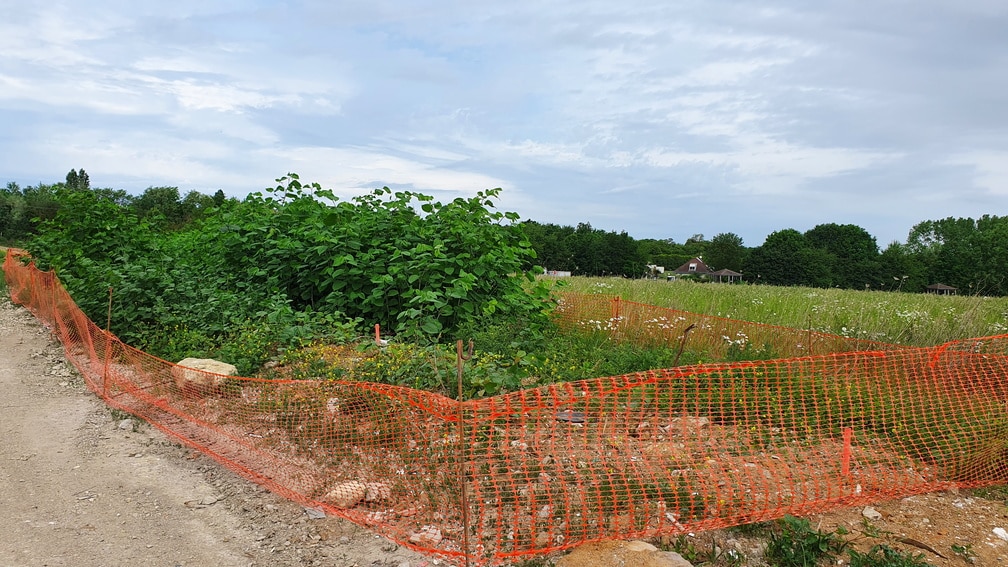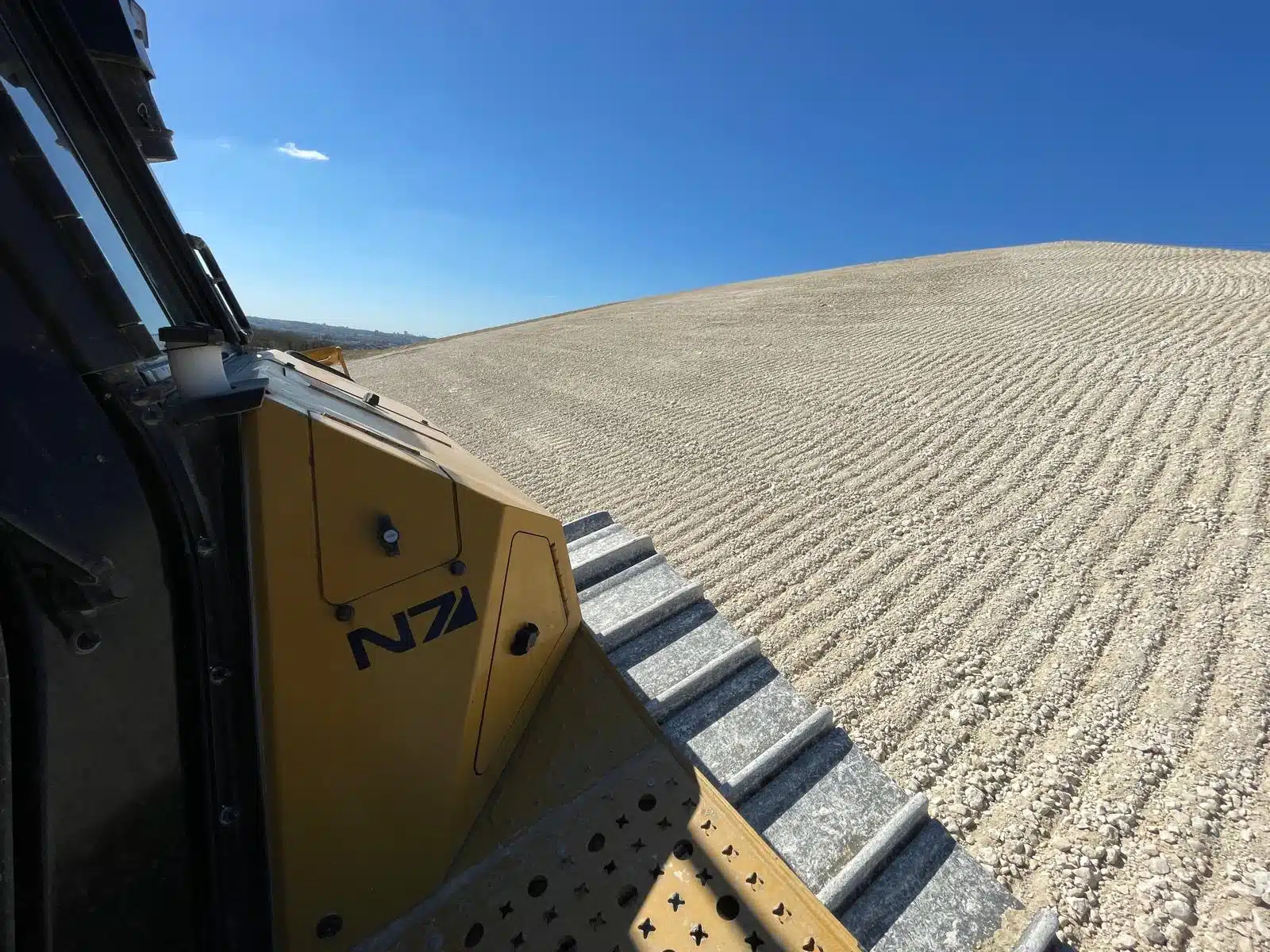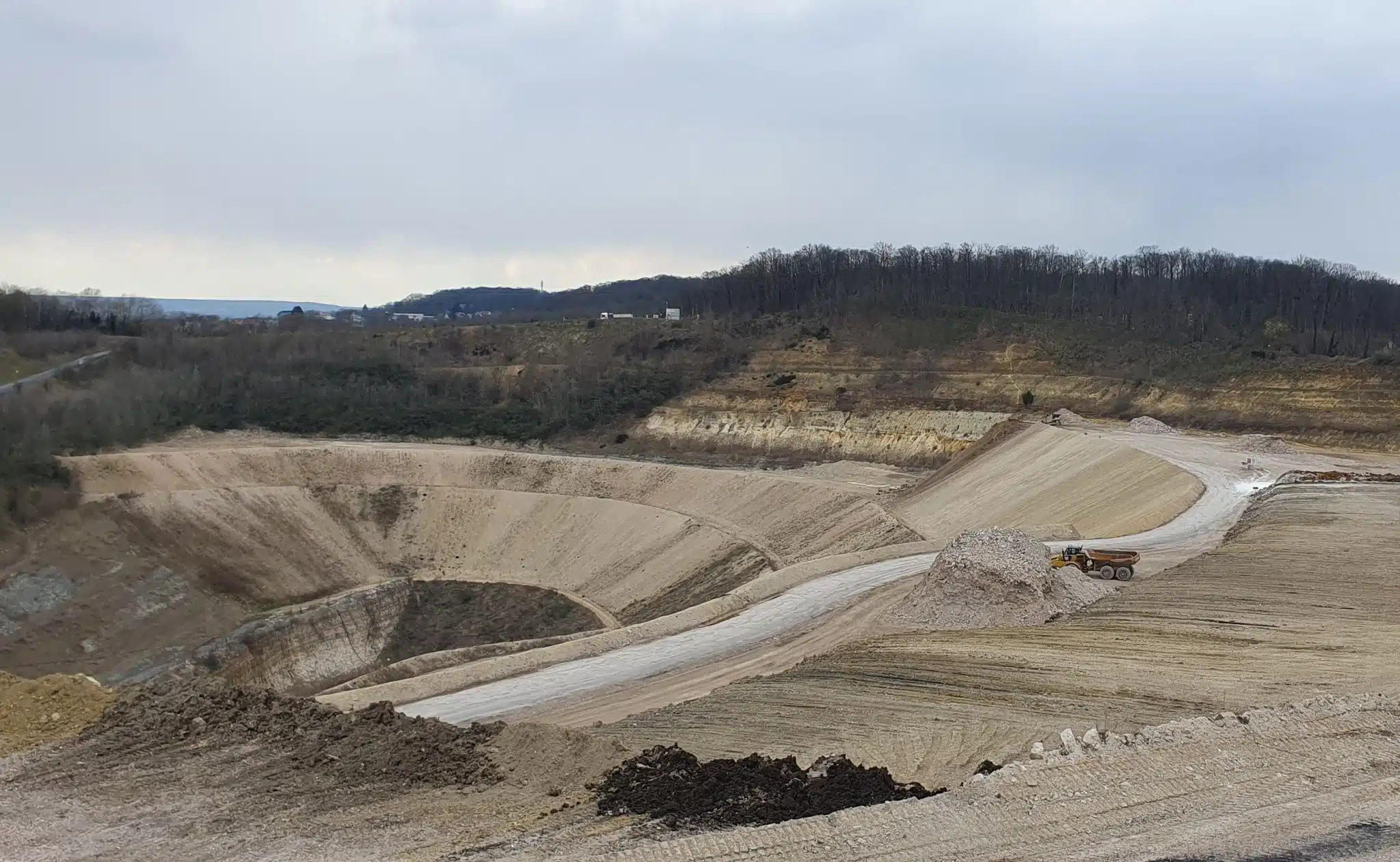In this article, Aurélie Vedel, ECT’s landscaping and green spaces manager, explains her plan to combat IAS.
A global biodiversity issue, a local battle for ECT
Invasive alien species (IAS) are a recognized threat to natural environments, and represent the 4th leading cause of biodiversity loss worldwide. Their presence causes exorbitant agricultural, piscicultural, ecological and sanitary damage. In March 2021, CNRS researchers published a summary of the economic costs of IAS worldwide. Between 1870 and 2017, the loss amounted to US$1,288 billion.
Neglected sites favour the presence of IAS
The initial neglect of most of the sites where ECT operates encourages the presence and even the proliferation of IAS. In the context of our business, the development of the site and the restoration of its natural environments require us to make the fight against IAS a priority in our action to protect biodiversity.
ECT is a hands-on player. Taking action led the project teams – design, green spaces and operations – to innovate and transform their practices. Because of their frequency on the sites of our development projects, ECT has defined 3 priority EEE targets:
- Asian knotweed, Reynoutria japonica and Reynoutria sachalinensis
- Spanish Sainfoin, Galega officinalis
- Butterfly tree, Buddleja davidii
A 5-stage plan to combat IAS
On the sites, the teams implement a definitive control plan jointly by the various departments concerned.
- Identify IAS present on the site, map their locations, delimit areas to be treated with protective netting.
- Define the control strategy according to the species identified, the context of the site, its relief, the existing vegetation and the future use of the development.
- Neutralize their installation by uprooting, flush-cutting and bagging, terracing and placing in deep crates,
- Contain sites that cannot be cleared by encouraging competition (especially for light) by planting fast-growing local species such as Black Alder or Hazel and, on certain slopes, by encouraging brambles. Lastly, by seeding open spaces to prevent further germination.
- Monitor the arrival of IAS by training in-house teams, from the Green Spaces team to the Operations teams, who are present on site every day.

Delimitation of Japanese knotweed areas on the ECT site at Boissy l’Aillerie (95).
Acting for biodiversity
These actions are directly in line with the national plan to combat invasive species implemented by theOffice Français de la Biodiversité. They are the subject of regular feedback, both internally and with the ecologists and local authorities involved in our projects. This fight against IAS is one of our priority biodiversity issues. And are at the heart of our exchanges with the Humanité et Biodiversité association.



